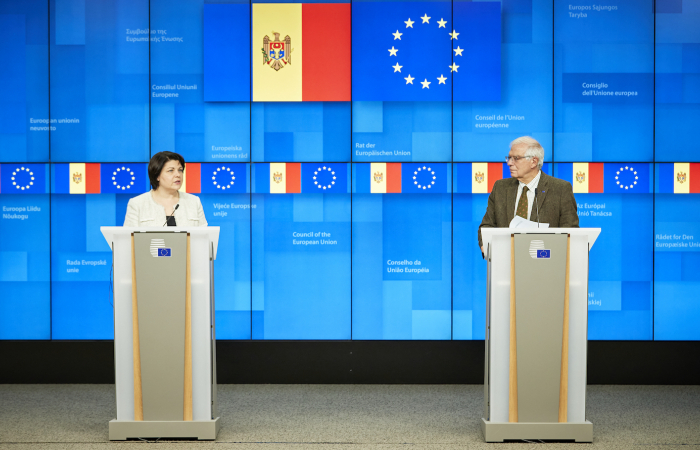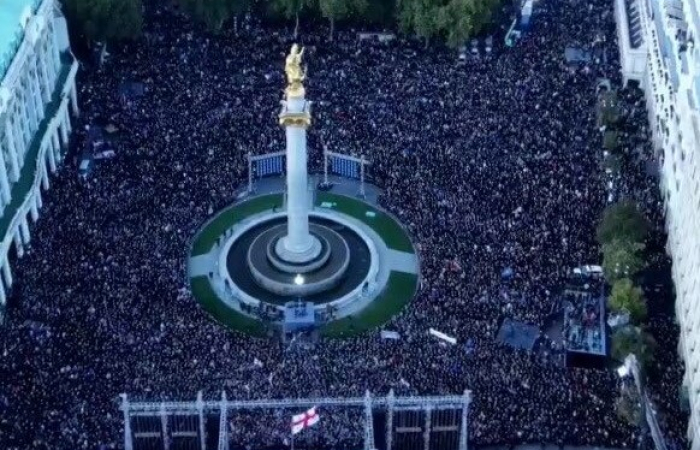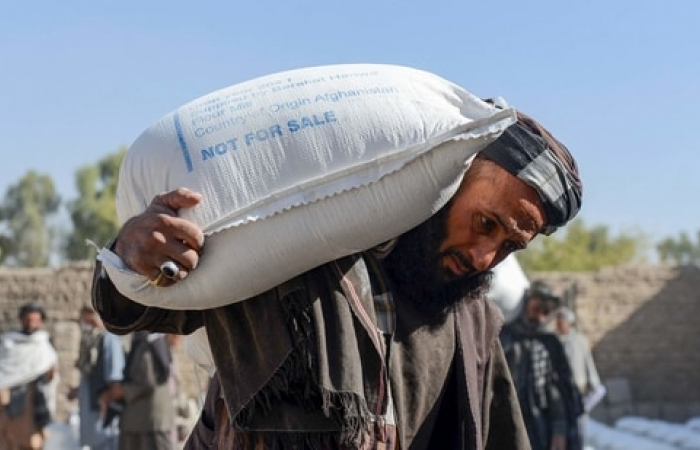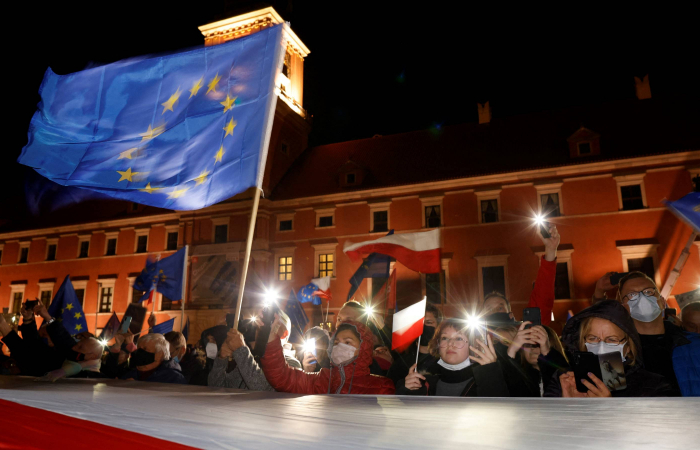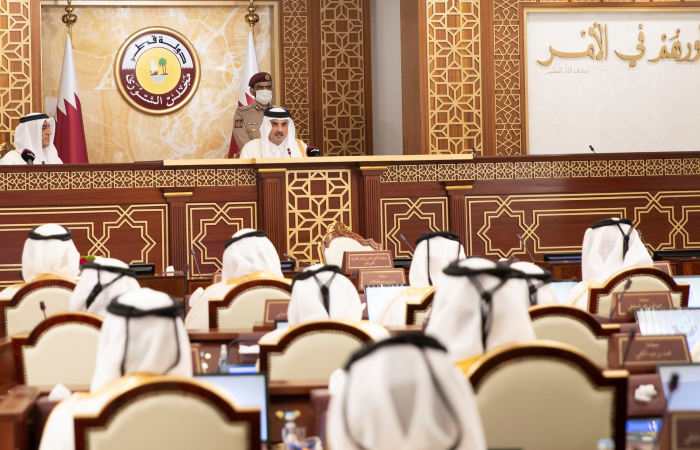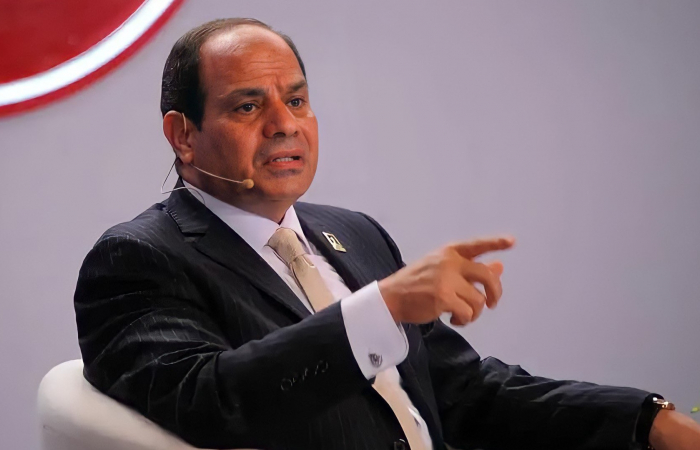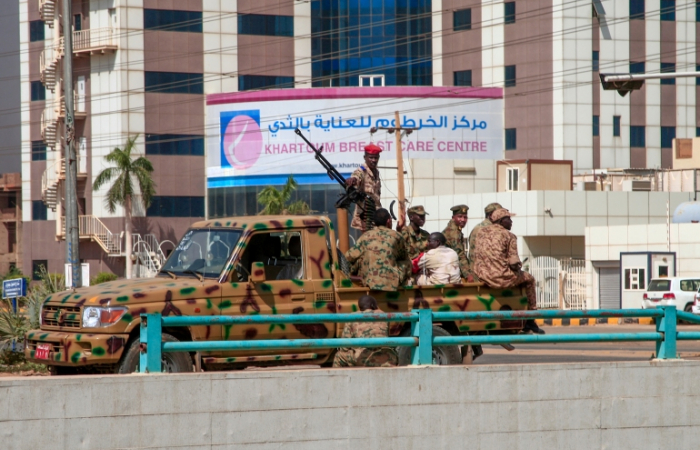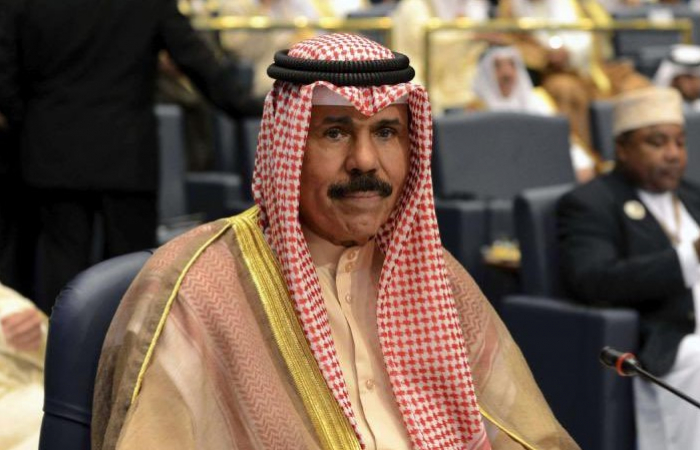Trending
Borrell: Gas cannot be used as a geopolitical weapon
29 October 2021
EU High Representative Josep Borrell said in Brussels on Thursday (28 October) that in Moldova, the EU sees attempts by Gazprom to put political pressure in return to lower the gas prices. He said he had agreed with the Moldovan Prime Minister on the importance of strengthening resilience against any potential efforts by third parties to use energy as a geopolitical weapon. "Gas is a commodity. It has been bought and sold, sold and bought but it cannot be used as a geopolitical weapon", Borrell stated.



